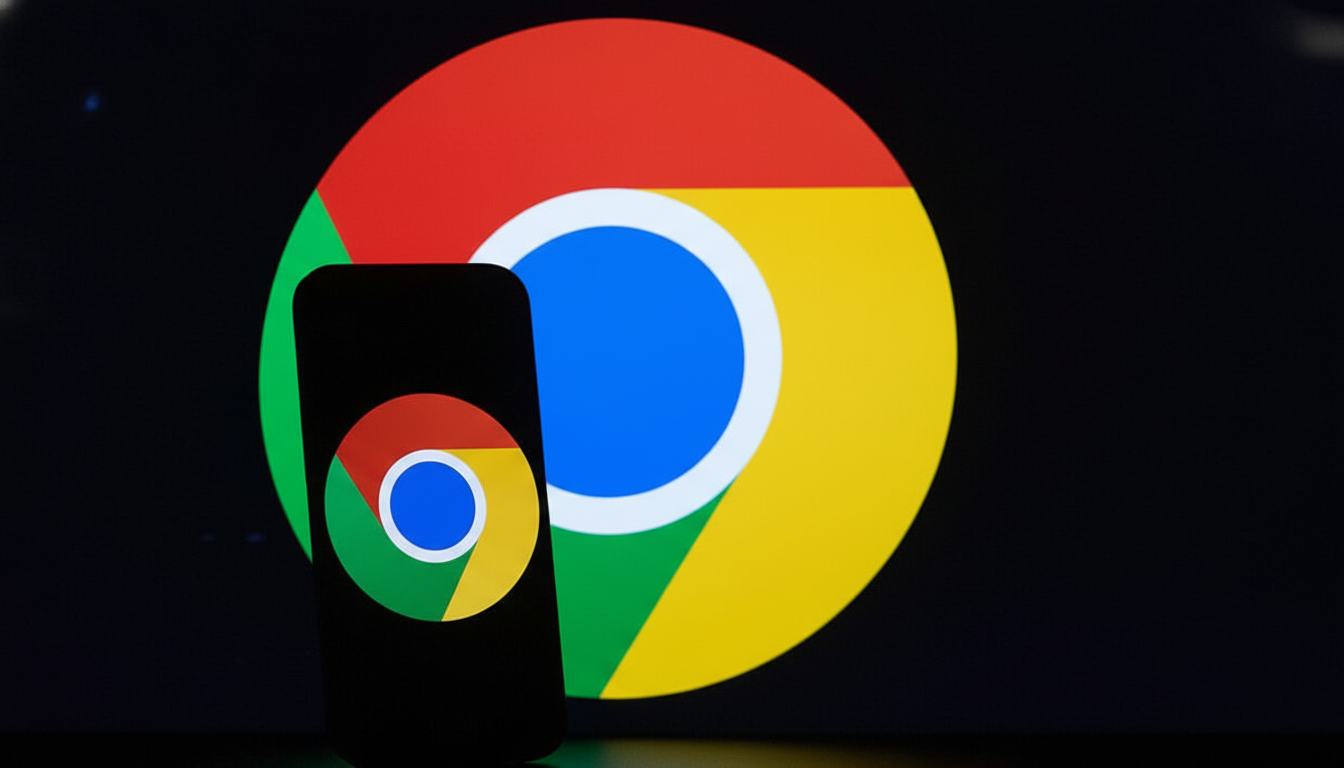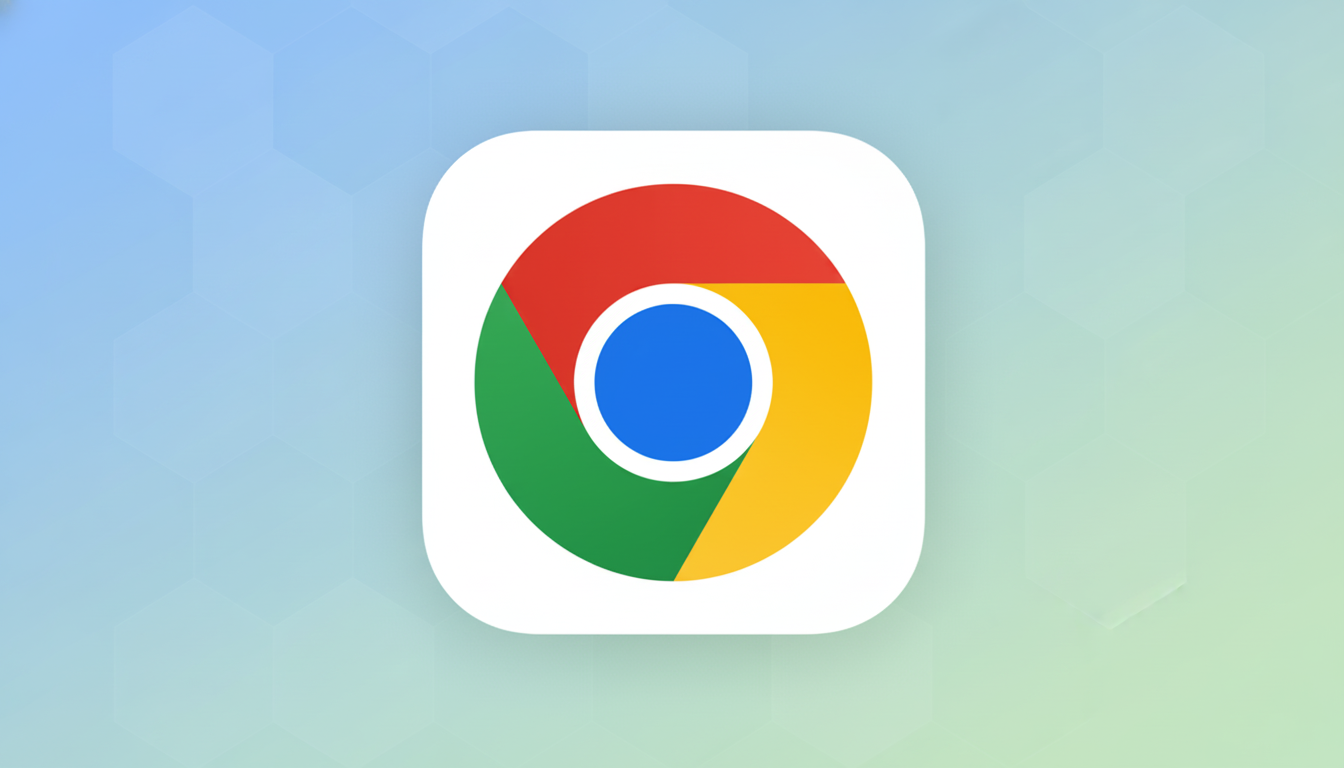Google is making its mobile-only Gemini assistant one tap away. With Chrome for iOS and Android, the AI Mode button appears front and center on the New Tab Page of your browser, enabling you to search powered by Gemini and chat without ever having to enter a URL or fidget around within menus.
First spotted by industry watchers, the shortcut is located just below the standard Google search bar and alongside a quick toggle for incognito browsing — an unobtrusive but suggestive placement that our daily digital interactions are inching us closer to generative A.I. while keeping privacy features within reach.

What the New AI Button in Chrome Actually Does
When users invoke AI Mode, Chrome offers a browser experience within Gemini which supports conversational queries, follow-up questions, and AI engines summarizing/suggesting content. That feature has been available on mobile for months now, but the friction of needing to remember a URL or have a bookmark relegated it to a niche. One dumb little button on the one screen of our phone we open — what? Dozens of times a day?! — turns it into more automatic, default behavior than conscious detour.
The layout shift is slight: The familiar search bar is still up top for your traditional searches, while a tab labeled AI Mode takes the prime real estate underneath it. Incognito hangs out next to it, communicating Google’s message of pairing AI-powered convenience with a quick onramp to private browsing — a useful message at a time when they have a privacy storm brewing over how AI features complicate data wrangling.
Why This Little Tweak in Chrome’s UI Matters
On mobile, Chrome is a true king with almost 65% of global market share based on StatCounter. Slipping Gemini into the New Tab Page channels an untold amount of casual searches and spur-of-the-moment information fetches into generative chat territory — way more engagement than any banner ad or menu link could ever create.
It also allows Chrome to catch up with rivals that regard AI as a first-class action. Microsoft Edge bakes Copilot into the toolbar, Opera surfaces Aria throughout its UI, while Brave comes bundled with its Leo assistant just one tap away. If 2023 was the year we introduced AI assistants, then it’s 2024 and beyond when we’ll finally remove every obstacle to their practical use.
How to Access the New AI Shortcut in Chrome
Update Chrome through the App Store or Google Play, then open a new tab. Below the search field, you should see a button that reads “AI Mode.” And if you don’t see it, try quitting and restarting the app; as with many Chrome features, rollout is probably staged and controlled server-side, so its availability might depend on your region and account.
That’s because on iOS, the button exists within Chrome’s app UI and not its web engine, so it isn’t necessarily subject to Apple’s WebKit requirement. On Android, the shortcut appears through Chrome’s New Tab Page config page, which Google can update independently of having to roll out a whole new app.

Privacy and Control Considerations for Chrome’s AI
Incognito is next door by no accident. Generative AI understandably raises concerns about what prompts and responses may be stored or used toward model improvement. Google has counterspells in the form of account-level controls such as Web & App Activity and Gemini data preferences; people who wish for a lighter touch can consult those options and break out Incognito when the occasion warrants.
For work or school, admins can configure the AI feature using enterprise and education policies. That’s relevant since Chrome is the default browser in a lot of Android deployments (and a popular alternative browser on iOS, for that matter), where admins would want to normalize across which assistants can be employed by end users.
A Nudge Toward A.I. for Everyday Mundane Tasks
In use, the shortcut directly alters behavior at the margins: The fleeting instants that would previously have prompted a quick search — checking a fact, brainstorming a message, translating a phrase — now seem more appropriate for AI conversation. It’s a design nudge with an outsize impact, because it coincides directly with the time when users are looking for answers.
Crucially, it preserves choice. There is something quite quaint about the search industry that finds itself in an existential crisis versus AI, when at the end of the room Google Search has everything one would need — and the traditional Google search bar still hasn’t gone away so readers who are averse to AI summaries can go looking the usual way (or, indeed, via other services…). By presenting both choices on one screen, Chrome recognizes that user confidence differs from task to task and context to context — and that adoption is fastest when people can toggle modes with one click.
The Larger Picture for Google’s Mobile Chrome
Google has spent the past year threading Gemini through products ranging from Search to Workspace. Chrome’s New Tab Page is one of the most valuable surfaces the company has on mobile. Raising AI mode prominently there would signal that Gemini is not a side quest — it’s the front door to how Google wants people to discover and assemble information.
If usage here grows even a little, the results will be tangible: improved retention for Gemini sessions, more multimodal queries (“Find me a Caribbean restaurant that also serves grappa in Williamsburg”), and richer feedback loops to tune replies. For users, the calculus is easier. AI is just a tap away; whether it becomes the default will depend only on how useful that next answer feels.

